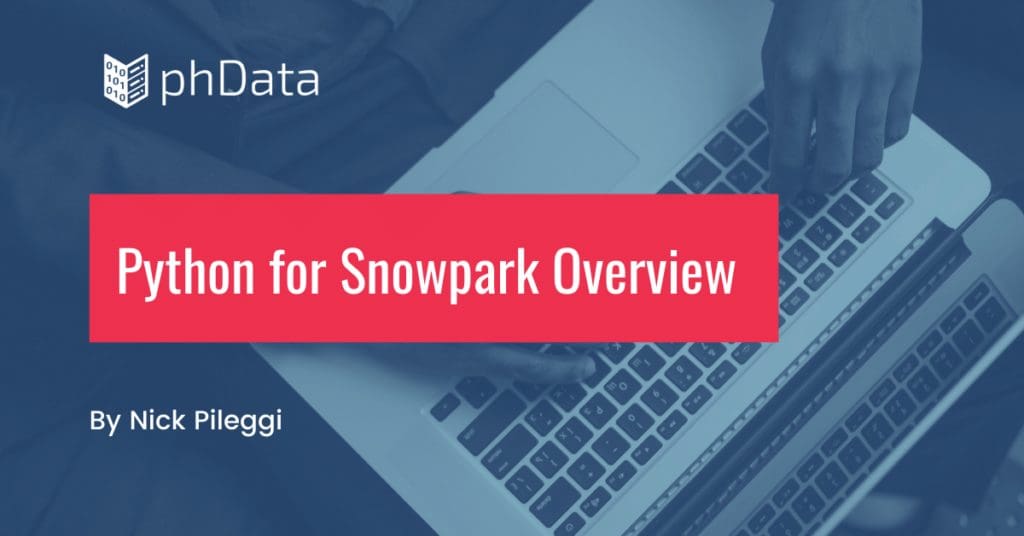How to Use dbt With Snowpark Python to Implement Sentiment Analysis

dbt is an exceptional tool to use in combination with the Snowflake Data Cloud to process data. Once data is loaded into Snowflake, it needs
CPG Forecasting on Snowflake with Snowpark for Python

Forecasting, whether it’s sales, demand, supply, or transportation, is a business planning method that helps analysts and planners better anticipate what is going to happen
How to Use UDFs in Snowpark for Python

Snowpark enables developers to deploy machine learning in a serverless manner to the Snowflake Data Cloud’s virtual warehouse compute engine. In this blog, we’ll introduce
How to Train ML Models Using Snowpark for Python

At the 2022 Snowflake Summit, Snowpark for Python was officially released to the public. For those unfamiliar with Snowpark, it enables developers to deploy machine
Python for Snowpark Overview

At phData, we have worked quite a bit with Snowpark since it has become available from the Snowflake Data Cloud. Historically, Snowpark has been based
Snowpark Performance Best Practices

Snowpark is a powerful programming abstraction that will run data pipelines or applications inside the Snowflake Data Cloud without moving the data to another product.
How to Implement Association Rule Mining in Snowpark

Have you ever wondered how recommendations popup as you click on products while shopping online? Think about that “frequently bought together” window you see when
Demand Forecasting Models In Snowpark

Welcome back to our blog series on Snowpark, the latest product from the Snowflake Data Cloud. In this post, we aim to highlight the use
A Spark Developer’s Guide to Snowpark

As a Spark developer who uses the Snowflake Data Cloud, you’ve undoubtedly heard all the buzz around Snowpark. Having the ability to execute arbitrary Scala
Machine Learning on Snowflake: Clustering Data with Snowpark

Next up in our blog series on Snowpark, we’ll discuss machine learning basics and K-Means clustering in Snowpark with an example. What is Machine Learning?










